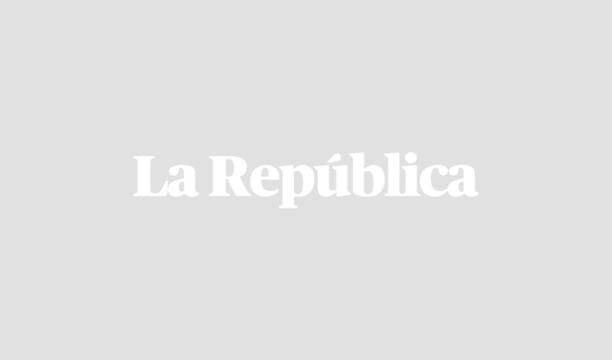
One week after the national strike of dairy farmers, the Dairy Committee of the National Society of Industries (SNI) affirmed this last March 8 that powdered milk imported by companies in the sector for the elaboration of final products if it is “Cow milk”.
It should be remembered that on February 27 the Ministry of Agrarian Development and Irrigation (Midagri) announced that it will begin talks with companies in the dairy sector with the intention of proposing solutions and meeting the demands of the hundreds of dairy farmers in the country.
The declamation of the office of the SNI comes in response to Association of Dairy Farmers of Peru (Agalep), a union that maintains that the dairy industry has increased the importation of powdered milk and has neglected the collection of fresh milk from the different stables nationwide.
“The deficit (of milk) not produced in Peru is completed with the importation of powdered milk, to guarantee supply to the population. Powdered milk is cow’s milk, from which the water has been removed; It is a source of high-quality milk protein and, as recognized by international organizations, such as the Codex Alimentarius, it is cow’s milk that meets the highest quality and safety standards,” the committee highlighted in a statement sent to the press at justify that the amount of dairy produced in the country is insufficient and that “it requires importing”.
“The production of national raw milk covers only 71% of the national demand,” he said.
Clímaco Cárdenas, president of Conveagro, told this newspaper in January of this year that companies choose to import milk powder rather than buy from local farmers.
Only in 2021, the Peru imported 78,000 tons of milk powder, the highest level in history. While the collection of milk was reduced by 18% during November 2021 compared to the same period in 2020.
In another paragraph of the letter, the SNI dairy committee asserted that the industry processes less than half of Peru’s milk.
“Of the total raw milk produced by farmers, only 47% is offered to the dairy industry. Of the remaining production, 43% is sold to artisanal producers (mainly cheese) and 10% is for the consumption of ranchers,” said the committee, referring to the fact that less than 30,000 dairy farmers supply the industry with a total of than 450,000 in Peru.
The industry He also commented that the entire dairy chain has been affected by the international context of high prices in feed for livestock.
“This situation requires making technical decisions, understanding the reality of the dairy industry in the country,” said the committee, pointing to the rise in prices of corn, soybeans and other inputs that are feed for livestock, as well as freight Of transport.
“For this reason, the industry has consistently supported its suppliers in multiple ways: increasing the price per liter paid for raw milk, granting loans with zero or minimal interest, providing feed for cattle, offering emergency bonuses for each liter of milk. , provide technical advice and training, among other initiatives,” the letter specified.
This newspaper has collected testimonies from ranchers, and although they admitted that the companies have contributed with the food, they clarified that they were deducted from their weekly payment.
Regarding the loans, they also told us that they had not accessed any of these, neither from companies nor from banking entities due to their “high risk”.
Regarding the price per liter of fresh milk, those consulted expressed that there was an increase of up to S/ 0.40 by Glory, Nestle or Laive, between 2020 and 2021; the cost until 2019 was S/ 1.00; some of them even assured that they have lowered them; others noted that it was maintained.
Regarding the bonus, sources close to this newspaper detailed that the current scale (since the first half of February 2022) is between S/ 0 and S/ 0.16 and that it depends on the liters obtained by the farmer. (see box)
“From 251 to 500 he receives 0.01 cents, that is, my base price, which is 1.06, now he would receive 1.07, which multiplied by 500 liters equals S/ 535; and before it was 1.06 per 500 liters, it was S/ 530, that is, the increase is S/ 5 per fortnight; in a month your increase is S/ 10. Do you have to produce 500 liters to receive 10 soles? Where are we?” said the source.
Source: Larepublica
Kingston is an accomplished author and journalist, known for his in-depth and engaging writing on sports. He currently works as a writer at 247 News Agency, where he has established himself as a respected voice in the sports industry.












